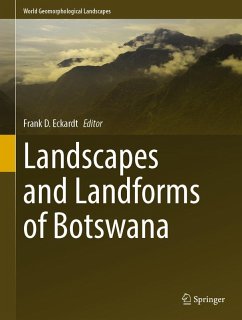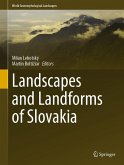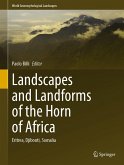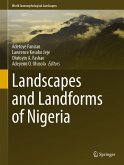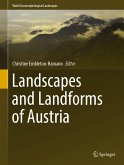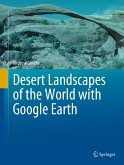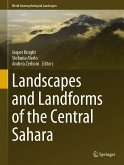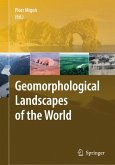This volume contains 22 chapters introducing a wide range of semi-arid and geologic landscapes. Botswana, a thinly populated nation, the size of France, is a Southern African keystone country at the heart of the Kalahari, sharing some of the major sub-continental drainage basins such as the Limpopo, Zambezi, Orange, and Okavango with its neighbouring countries. The extensive Kalahari Sand surface has been sculptured by numerous past processes which have produced subtle but regional landforms consisting of extensive dunes and shorelines. Incipient rifting has created the dynamic Okavango and Makgadikgadi fan-basin systems which produces iconic wetlands with a world heritage status. Geological outcrops in particular to the east expose highly denuded basement lithologies which produces numerous inselbergs that are home to a rich archaeological heritage. The book also examines the geomorphology of mineral and water resources which sustain the economy and population and also features dedicated chapters that cover diamondiferous kimberlites, caves, pans, dams, duricrusts and wildlife.
Chapter 6 is available open access under a Creative Commons Attribution 4.0 International License via link.springer.com.
Chapter 6 is available open access under a Creative Commons Attribution 4.0 International License via link.springer.com.
Dieser Download kann aus rechtlichen Gründen nur mit Rechnungsadresse in A, B, BG, CY, CZ, D, DK, EW, E, FIN, F, GR, HR, H, IRL, I, LT, L, LR, M, NL, PL, P, R, S, SLO, SK ausgeliefert werden.

